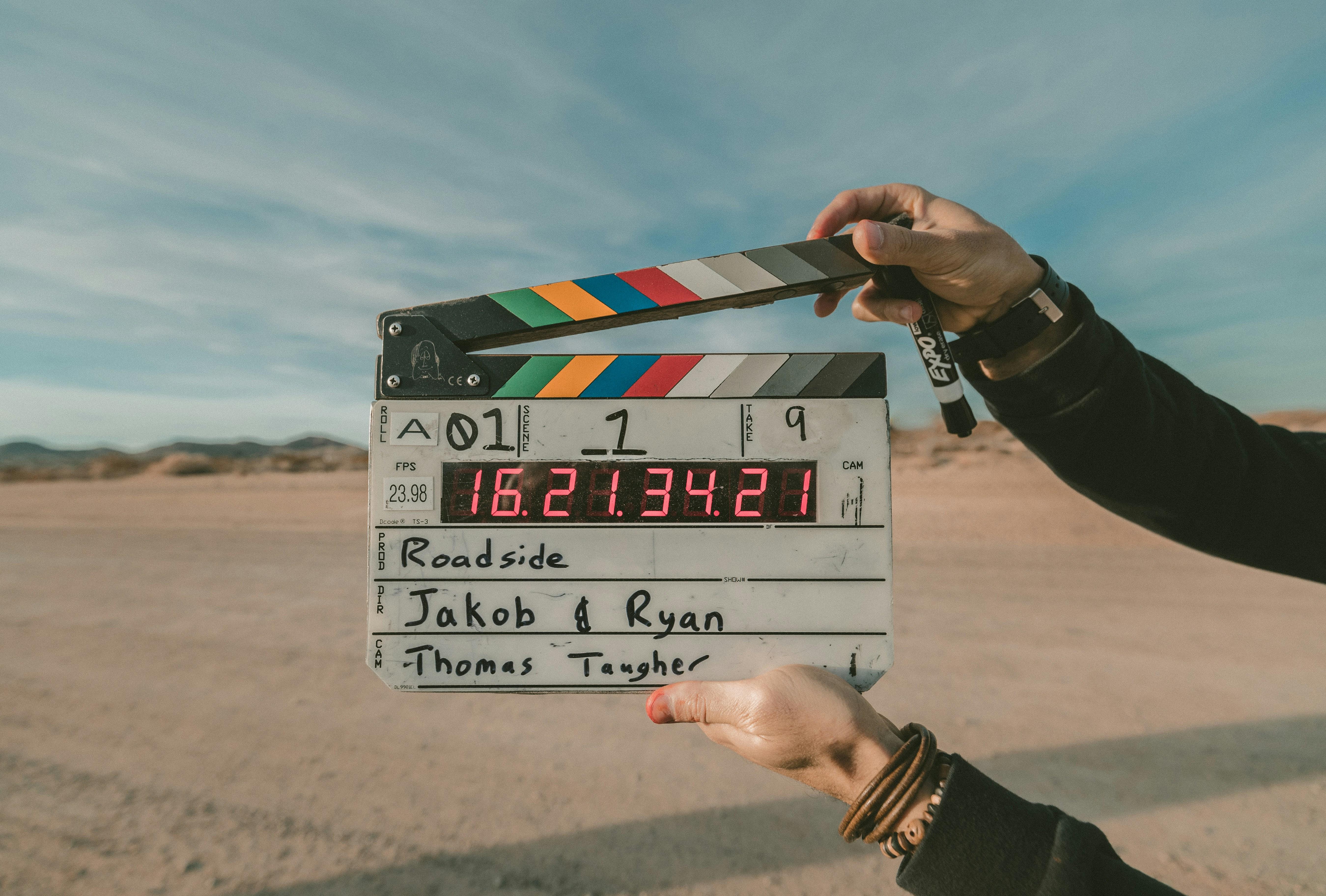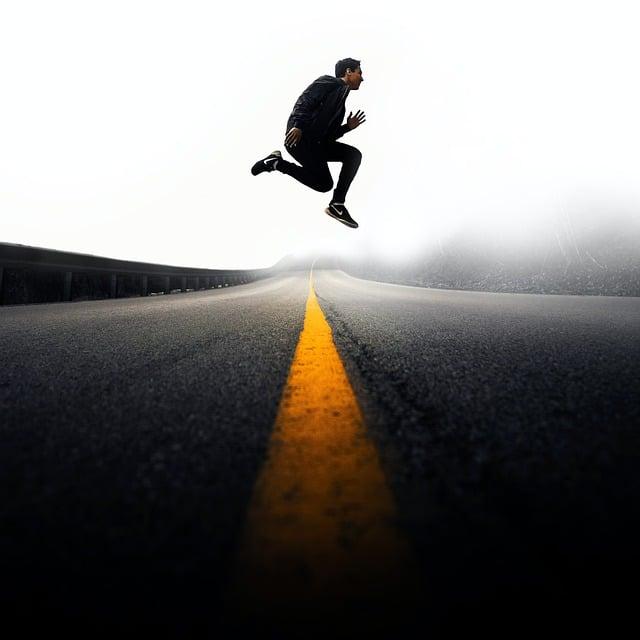In the vast expanse of cinema, few films have captured the boundless wonder and peril of space as viscerally as Alfonso Cuarón’s “Gravity.” As viewers were thrust into the weightless void alongside Sandra Bullock and George Clooney, the line between reality and illusion blurred seamlessly. But what sorcery lay behind these mesmerizing visuals? Dive with us into the world of groundbreaking special effects that not only defied gravity but redefined the very essence of cinematic space. Here, artistry and technology collided to craft scenes so authentic, they left audiences floating in disbelief.
Crafting Weightlessness with Precision
- Innovative Rigging Systems: To simulate the zero-gravity environment, filmmakers employed groundbreaking rigging systems. These contraptions allowed actors to move fluidly, mimicking the gentle drift of astronauts in space. The intricate setup required precise calculations and seamless choreography, ensuring every movement appeared effortless and authentic.
- LED Light Boxes: A revolutionary use of LED light boxes enveloped the actors, creating the illusion of space’s vast, luminous backdrop. This technique provided dynamic lighting that shifted realistically with every scene, capturing the ethereal glow of the cosmos and enhancing the immersive experience.
The team meticulously orchestrated each shot, blending practical effects with digital wizardry. By integrating real-world physics and advanced CGI, they crafted a universe where every spin, twist, and turn adhered to the rules of zero gravity, pulling viewers into a breathtaking ballet of motion and stillness.

Innovative Lighting Techniques for Space Realism
In the quest for authenticity in space cinematography, the filmmakers of Gravity employed groundbreaking lighting techniques that elevated the film’s realism. One of the key methods involved the use of an innovative LED light box, which surrounded the actors and created dynamic, realistic reflections and shadows. This setup allowed the actors to be immersed in a 360-degree environment that mimicked the vastness and unpredictability of space.
- LED Light Box: Enabled realistic lighting conditions by simulating the sun’s intensity and the darkness of space.
- Dynamic Reflections: Enhanced the perception of floating in space with shifting light patterns.
- Shadow Play: Added depth and dimension, creating a convincing zero-gravity illusion.
By integrating these advanced techniques, the film succeeded in crafting an immersive experience that transported audiences beyond the confines of Earth.

Mastering Visual Effects for Zero Gravity
Creating the illusion of zero gravity in a film like Gravity requires a blend of cutting-edge technology and innovative techniques. One of the key approaches was the use of a “Light Box,” a massive LED structure that surrounded the actors. This allowed for the simulation of light and reflections as they would appear in space, contributing to the film’s authentic feel. By adjusting the intensity and direction of the lights, filmmakers could mimic the sun’s movement and other celestial effects, enhancing the believability of the scenes.
In addition to lighting, harnesses and rigs played a crucial role in simulating weightlessness. Actors were suspended in complex rigs that enabled them to perform intricate movements, creating the sensation of floating. The choreography of these movements was meticulously planned to ensure a seamless integration with the CGI elements. Key techniques included:
- Pre-visualization: Detailed planning of scenes to visualize the final effect before shooting.
- Wire removal: Advanced post-production processes to erase the traces of physical support.
- Digital doubles: Using CGI replicas for scenes where realistic human motion was challenging.
By combining these techniques, the filmmakers succeeded in crafting a mesmerizing experience that convincingly transported audiences to the vastness of space.
Recommendations for Future Space Films
- Embrace Authenticity: Filmmakers should aim for a balance between artistic vision and scientific accuracy. Engaging with experts from the fields of astronomy and physics can lend authenticity to the depiction of space, ensuring the portrayal is both visually stunning and believable.
- Innovative Use of Technology: Leveraging cutting-edge CGI and practical effects can create immersive environments. Techniques such as virtual reality and real-time rendering could offer filmmakers new avenues to explore, enhancing the viewer’s experience of zero-gravity environments and celestial landscapes.
- Dynamic Storytelling: While visual effects are crucial, they should complement a compelling narrative. Future space films should focus on storytelling that resonates with audiences, using special effects to enhance rather than overshadow the plot.
By integrating these elements, future space films can captivate audiences with both visual spectacle and narrative depth, continuing to push the boundaries of cinematic exploration.

